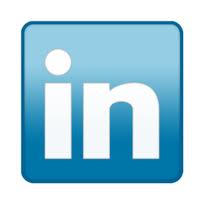Energy efficiency in public buildings
Energy efficiency is central in the EU’s Europe 2020 Strategy for smart, sustainable and inclusive growth and of the transition to a resource efficient economy. Energy efficiency is one of the most cost effective ways to enhance security of energy supply and to reduc energy demand and emissions of greenhouse gases and other pollutants. Since efficiency has been considered as Europe's biggest energy resource, the European Union has set a target for 2020 of saving 20% of its primary energy consumption compared to projections, and this objective has been identified as a key step towards achieving long-term energy and climate goals.
Buildings consume more than 40 % of Europe’s energy use and are responsible for 36% of EU CO2 emissions; this is the reason why the EU believes that there are significant potential cost-effective energy savings and CO2 emissions reductions in both new and existing buildings. Improving the energy performance of buildings is a key element in the fight against climate change and improvement of energy security, while also creating job opportunities, especially in the building sector.
The Directive on energy performance of buildings (2002/91/EC) is the main legislative instrument concerning energy use and efficiency in the building sector at European level. The Directive includes both new buildings and the existing housing stock. After being approved in 2002, this Directive has been replaced by a recast Directive on 19 May 2010, which asserts that the Member States must apply minimum requirements as regards the energy performance of new and existing buildings. The certification of energy performance and the regular inspection of heating and cooling systems in buildings are also included as requirements that Member States have to fulfill.





